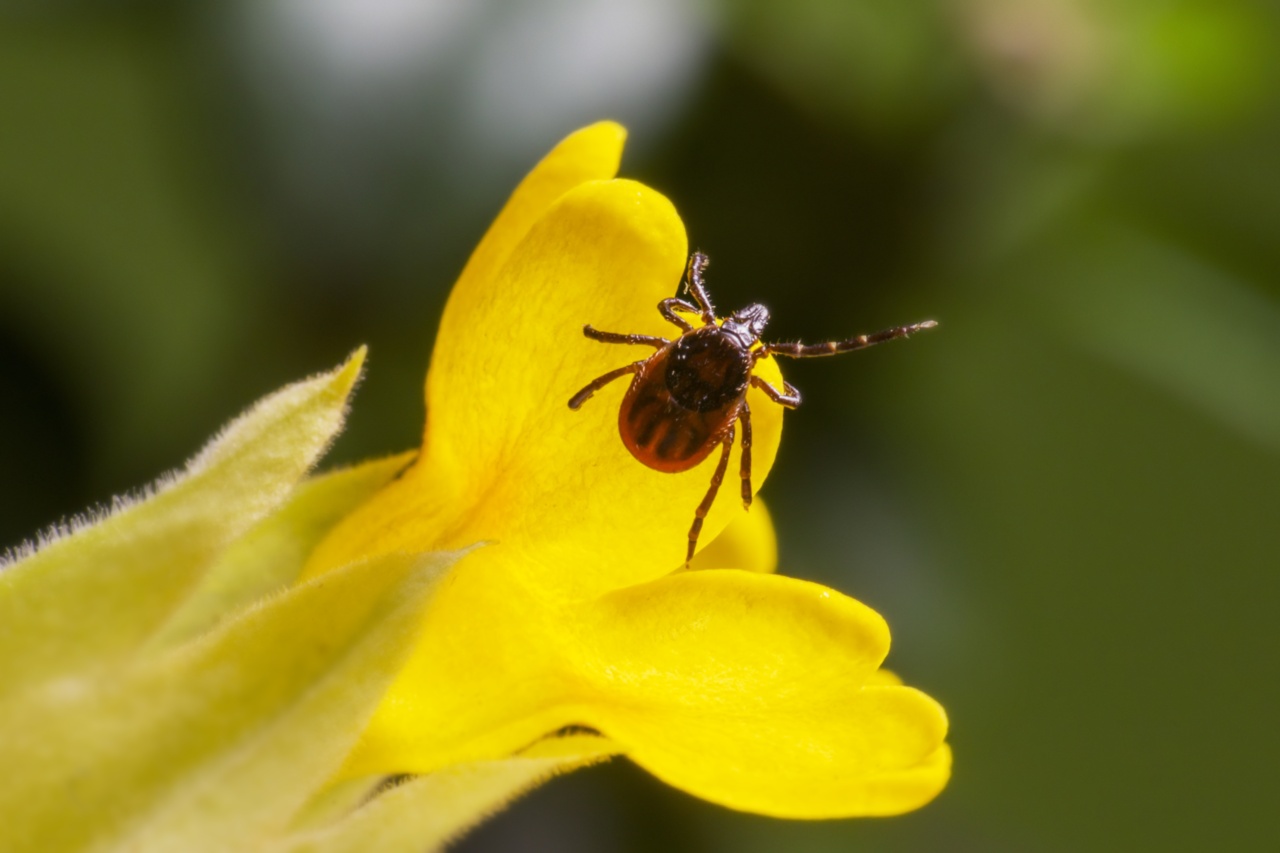Tick-borne illnesses are a growing concern due to their potential serious health effects, including death. These diseases are transmitted by ticks, which are small, blood-sucking parasites that can be found in grassy and wooded areas.
Types of tick-borne illnesses
There are several types of tick-borne illnesses, including:.
Lyme disease
Lyme disease is a bacterial infection that is caused by the bite of an infected black-legged tick, also known as a deer tick. Symptoms of Lyme disease include fever, headache, fatigue, and a characteristic bull’s-eye rash.
If left untreated, Lyme disease can lead to arthritis, heart problems, and nervous system disorders.
Rocky Mountain spotted fever
Rocky Mountain spotted fever is a bacterial infection that is transmitted by the bite of an infected dog tick, wood tick, or lone star tick.
Symptoms of Rocky Mountain spotted fever include fever, headache, abdominal pain, vomiting, and a rash on the wrists, palms, and ankles. If left untreated, Rocky Mountain spotted fever can lead to serious complications, including damage to organs and death.
Anaplasmosis
Anaplasmosis is a bacterial infection that is transmitted by the bite of an infected black-legged tick or western black-legged tick. Symptoms of anaplasmosis include fever, headache, muscle aches, and fatigue.
If left untreated, anaplasmosis can lead to severe illness and death.
Babesiosis
Babesiosis is a parasitic infection that is transmitted by the bite of an infected black-legged tick. Symptoms of babesiosis include fever, chills, sweats, headache, muscle aches, and fatigue.
If left untreated, babesiosis can lead to severe illness and death.
Powassan virus
Powassan virus is a viral infection that is transmitted by the bite of an infected black-legged tick or groundhog tick. Symptoms of Powassan virus include fever, headache, vomiting, weakness, seizures, and memory loss.
If left untreated, Powassan virus can cause serious neurological damage and death.
Prevention of tick bites
The best way to prevent tick-borne illnesses is to prevent tick bites. This can be done by:.
Wearing protective clothing
Wearing long-sleeved shirts and pants, tucking pant legs into socks, and wearing light-colored clothing can help make it easier to spot ticks.
Using insect repellent
Using an EPA-registered insect repellent that contains at least 20% DEET, picaridin, or IR3535 can help repel ticks.
Checking for ticks
After spending time in wooded or grassy areas, check your body and clothing for ticks. Ticks can attach to any part of the body, but they are often found in hard-to-see areas such as the groin, armpits, and scalp.
Removing ticks
If you find a tick on your body, use tweezers to grasp the tick as close to the skin’s surface as possible and pull upward with steady, even pressure.
Do not twist or jerk the tick, as this can cause the mouthparts to break off and remain in the skin. After removing the tick, clean the bite area with rubbing alcohol or soap and water.
Conclusion
Tick-borne illnesses are a serious and growing concern. Understanding the dangers and taking steps to prevent tick bites can help protect you and your family from these potentially life-threatening diseases.




























